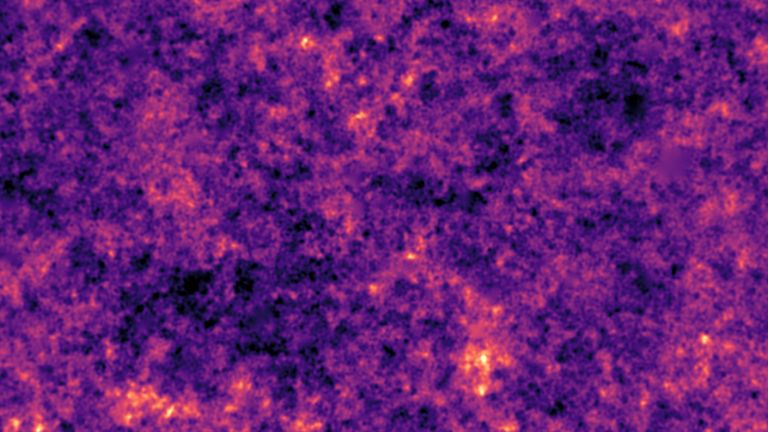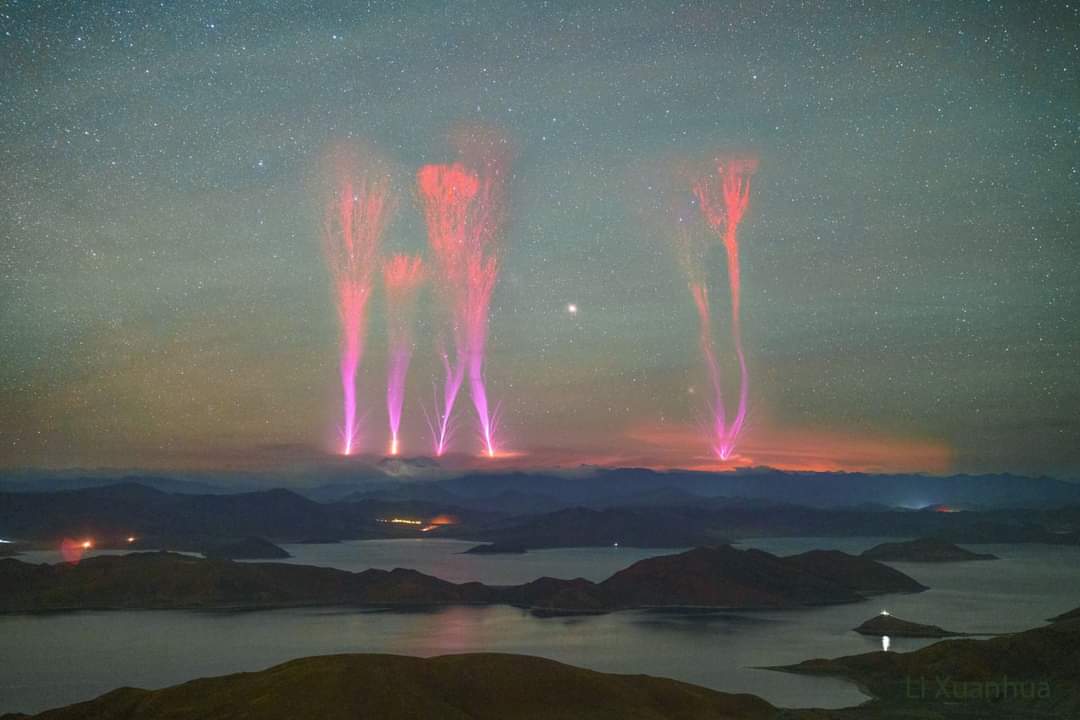
Astrophysicists, namely, Dr Shubhrangshu Ghosh and Ms Yanzee Sherpa, at SRM University Sikkim have made a significant breakthrough in the field of astrophysics and cosmology by exploring the long-standing puzzle of the “missing mass” in our universe. For years, scientists have been puzzled by the presence of this unaccounted mass, making up approximately 85 percent of the matter in the cosmos. The burning question was whether this “missing mass” could be attributed to a hypothetical form of matter called “dark matter” or could be explained by adjusting the known laws of gravity. This has been a pressing inquiry in the realms of physics and cosmology.
In their latest study, the astrophysicists from the Center for Astrophysics, Gravitation, and Cosmology (CAGC) at SRM University Sikkim collaborated with scientists from the High Energy & Cosmic Ray Research Center (HECRRC) at the University of North Bengal. Together, they conducted gravitational lensing studies to investigate the nature of the “missing mass.”

Their findings have revealed that modified laws of gravity do not seem to account for the “missing mass” in our universe, pointing instead to the possibility of the existence of elusive “dark matter” particles. The team’s research was based on data from two gravitationally lensed rich galaxy clusters, Abel 370 and Abel 2390.
Astrophysicist Shubhrangshu Ghosh, leading the team at CAGC, SRM University Sikkim, has recently published their new findings in the esteemed Journal of Cosmology and Astroparticle Physics.
This breakthrough marks a crucial step in the quest to unravel the mysteries of the universe, bringing us closer to understanding the nature of “dark matter” and the fundamental forces that shape our cosmos. The team’s dedication and collaborative effort have paved the way for further advancements in astrophysical research, shedding light on the enigmas that have eluded scientists for decades. https://doi.org/10.1088/1475-7516/2023/07/008





